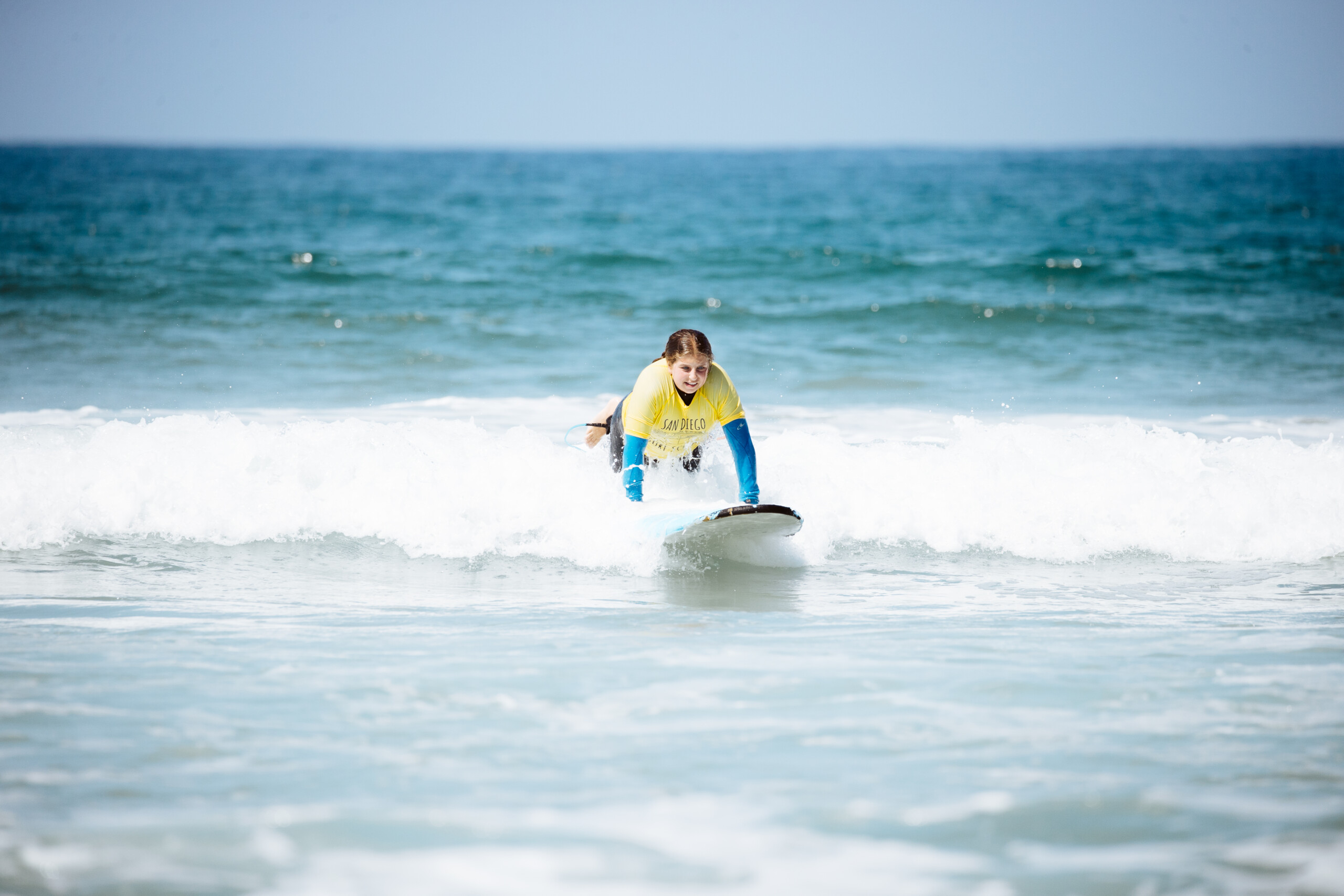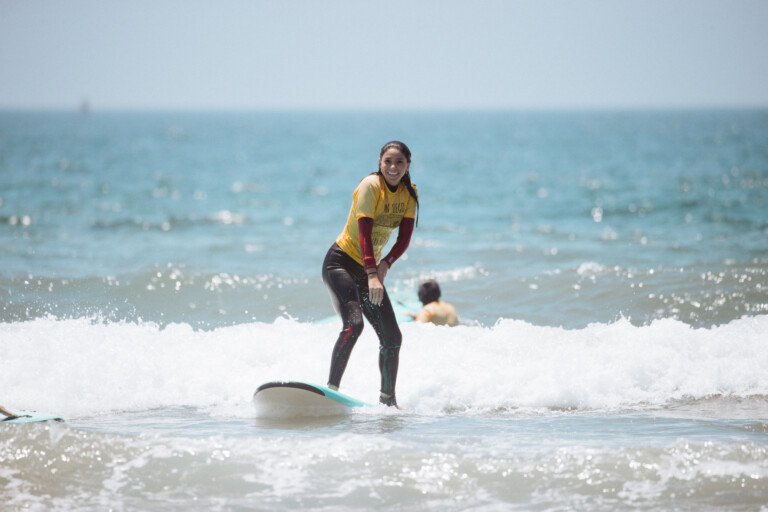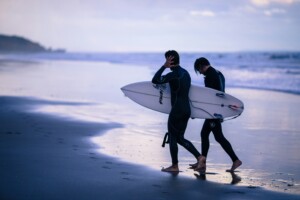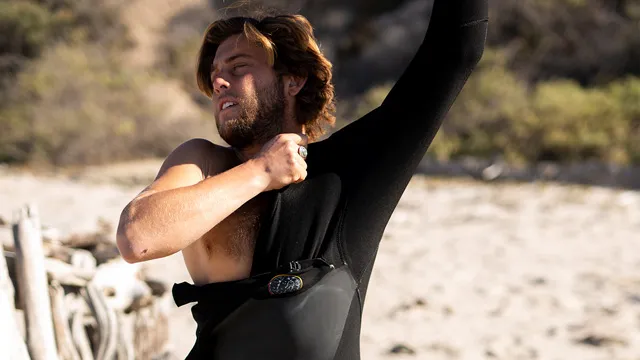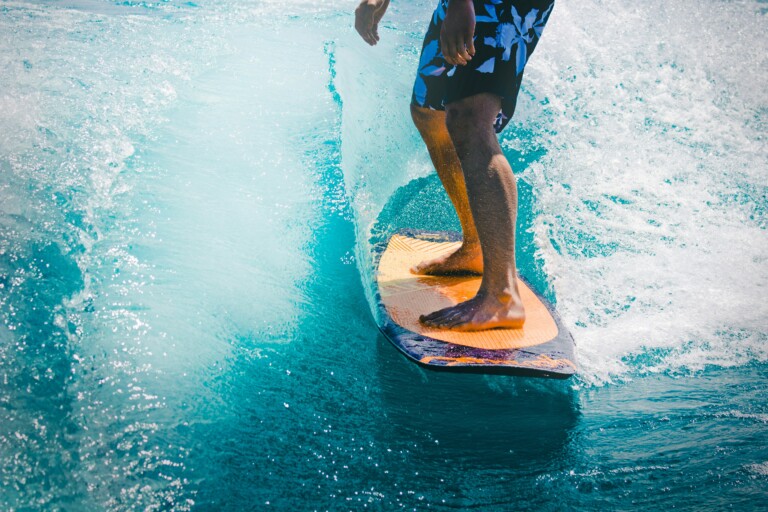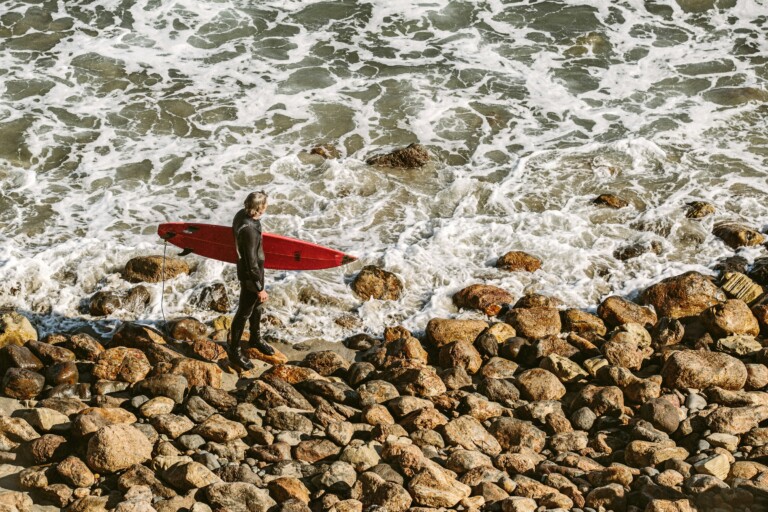If you’re a new surfer and find yourself constantly missing waves, you’re not alone! Learning to catch waves consistently is a challenge, but understanding a few critical aspects can make all the difference. Let’s dive into the top reasons why beginners struggle and how improving your approach can help you ride more waves.
1. Positioning: Are You Too Far Out?
One of the most common mistakes new surfers make is positioning themselves too far out from the breaking waves. You might think paddling further out will give you more time to prepare, but in reality, it often leaves you too far from the wave’s power zone. Positioning yourself just behind the break will ensure you’re in the right spot to catch the momentum.
Tip: Watch more experienced surfers and take note of where they position themselves. Aim to sit just where the wave starts to rise, giving you the best chance to catch it before it breaks.
2. Paddling Technique
Your paddling technique plays a huge role in whether or not you catch waves. A slow or inefficient paddle can result in missing the wave altogether, even if you’re in the right position. New surfers often paddle too casually, not generating enough speed to match the wave’s energy.
Proper paddling involves long, deep strokes and a steady rhythm. Use your whole arm, engage your core, and focus on speed as the wave approaches. It’s not just about moving your arms — the entire motion should propel you forward with enough power to catch the wave.
Tip: Practice paddling during your sessions, even when you’re not trying to catch waves. The more efficient and powerful your paddle, the easier it will be to catch waves when the time comes.
3. Pop-up Swiftness
Once you’ve got the right positioning and paddling down, the next critical step is the pop-up swiftness. Even if you manage to catch a wave, a slow pop-up can cause you to miss your chance to ride it. Many new surfers hesitate during the pop-up, losing precious seconds.
Your pop-up needs to be swift and fluid, transitioning from lying on the board to standing in one smooth motion. The quicker you can get to your feet, the more balanced and in control you’ll be as the wave carries you.
Tip: Practice your pop-up on land to build muscle memory. The more automatic this movement becomes, the easier it will be to execute on the water.
Final Thoughts
Learning to surf is all about practice and persistence, but paying attention to these key factors — positioning, paddling technique, and pop-up swiftness — will help you unlock the door to catching more waves. Remember, even the pros were beginners once, so stay patient and keep paddling!






